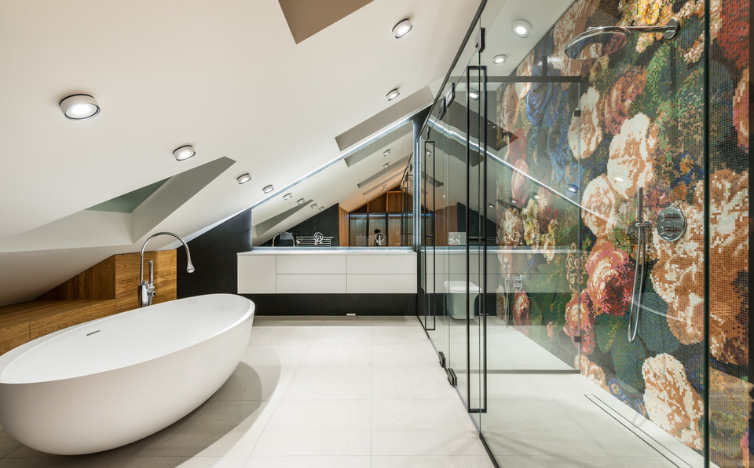Lofts are unique spaces that offer an open and airy feel but often suffer from noise issues due to their open designs and lack of soundproofing elements. This guide will help you effectively soundproof your loft and create a quieter, more comfortable living environment.
11 Steps to Soundproof a Loft

1. Understand the Noise Challenges in Lofts
Lofts often experience noise from both external and internal sources. External noise from traffic, neighbors, or construction can seep through windows and walls, while internal noise from the open layout can amplify echoes and sound travel. Identifying the primary sources of noise is the first step to effective soundproofing.
2. Install Acoustic Panels on Walls and Ceilings
Acoustic panels for walls are an excellent way to reduce echo and absorb sound. These panels come in various styles and materials, making them both functional and decorative. Installing them on key walls and ceilings can significantly reduce noise levels and improve sound clarity within the loft.
3. Use Soundproof Curtains for Windows
Large windows in lofts can let in a lot of external noise. Soundproof curtains are a practical solution, as they are designed to block noise and add a layer of thermal insulation. Choose heavy, multi-layered curtains for the best results.
4. Soundproof the Floors with Rugs and Mats
Hard floors in lofts can amplify noise. Adding thick rugs, carpets, or rubber mats can help dampen sound and reduce noise transmission. For extra soundproofing, consider adding an underlay specifically designed for sound absorption.
5. Seal Gaps and Cracks
Sound can easily pass through gaps around windows, doors, and walls. Use acoustic sealants or weatherstripping to seal these gaps. This simple step can prevent a significant amount of noise from entering your loft.
6. Install Acoustic Doors
Lofts with interior partitions or doors can benefit from installing acoustic doors. These doors are designed with dense materials to block sound, making them an excellent investment for separating noisy areas from quieter spaces.
7. Add a Drop Ceiling with Soundproofing Layers
If your loft has high ceilings, adding a drop ceiling with soundproofing materials such as acoustic tiles or insulation can help reduce sound transmission from above. This is particularly effective for shared buildings where noise from upstairs neighbors is an issue.
8. Use Bookshelves and Furniture Strategically
Bookshelves and large furniture pieces can act as sound barriers. Place them against shared walls or areas where sound is most likely to travel. Filled bookshelves can also absorb sound and reduce echo in open spaces.
9. Consider Mass Loaded Vinyl (MLV)
MLV is a versatile and effective soundproofing material that can be applied to walls, floors, and ceilings. Its dense structure blocks sound waves, making it a perfect addition to your loft’s soundproofing plan.
10. Create Quiet Zones with Room Dividers
Lofts often have open layouts, which can make it challenging to isolate noisy areas. Room dividers with soundproofing capabilities can create quiet zones within your loft, improving privacy and reducing noise spread.
11. Hire Professionals for Advanced Soundproofing
For severe noise issues, consider hiring a professional soundproofing expert. They can assess your loft’s specific needs and implement advanced solutions like double-glazed windows, soundproof drywall, or specialized insulation.
Call us: Contact DeSound Soundproofing Expert in Dubai For Soundproofing: +971 56 231 4204
Conclusion
Soundproofing a loft is a worthwhile investment to enhance your comfort and quality of life. By identifying noise sources and implementing the right solutions, you can transform your loft into a peaceful retreat without compromising its open and stylish aesthetic.

